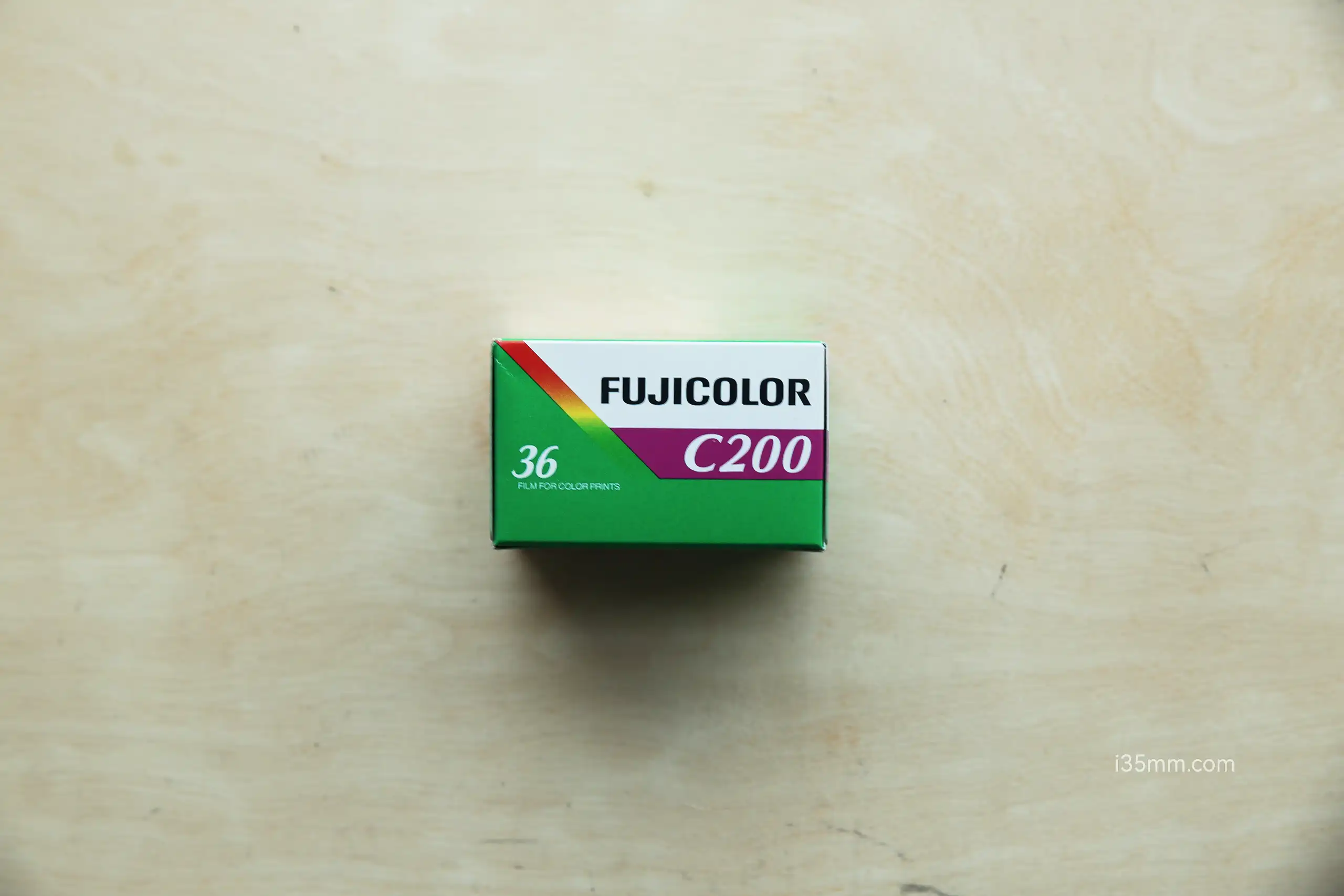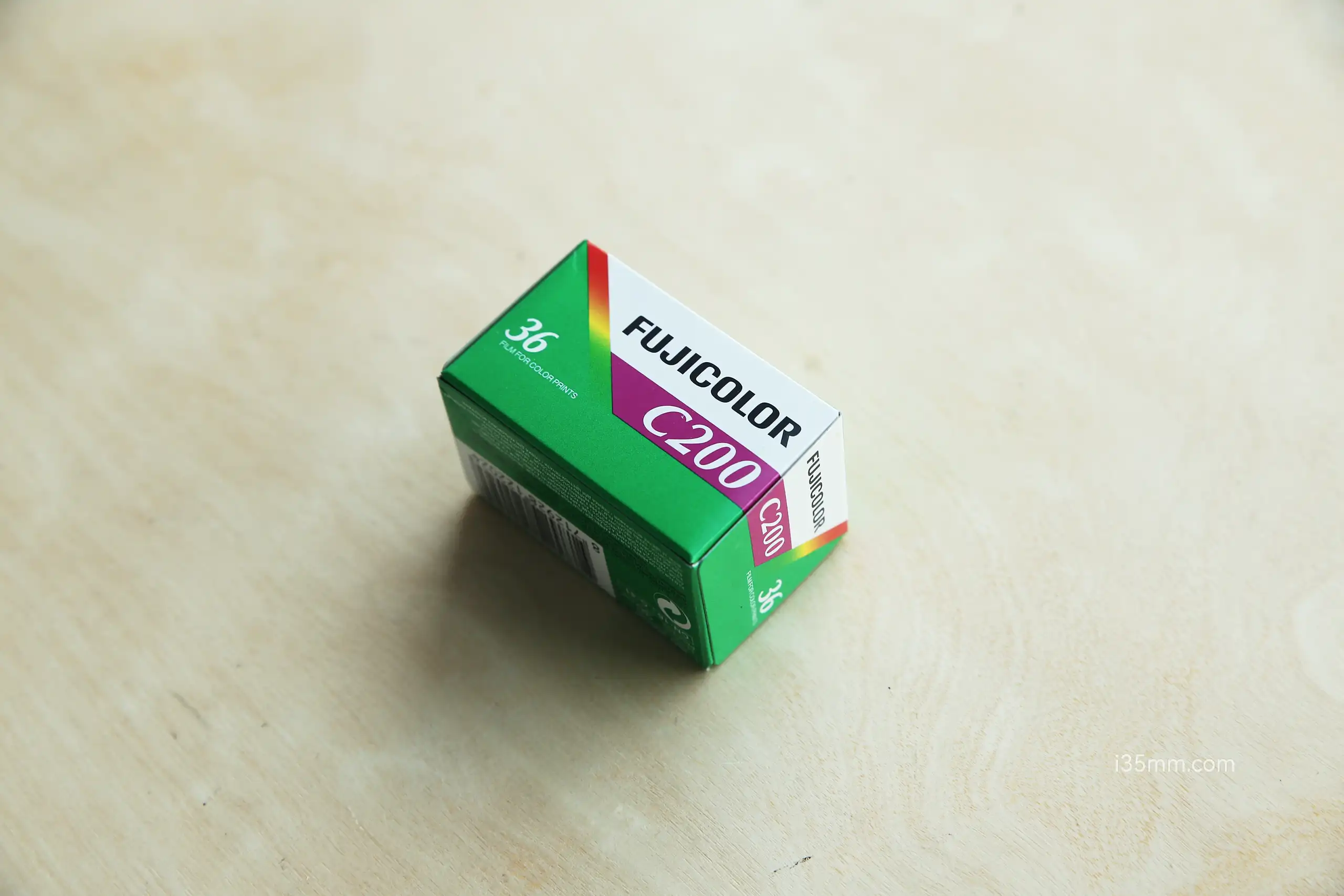

Fuji C200 continues to be produced and is priced very affordably, making it a highly popular choice among film enthusiasts. Its fresh and elegant style is widely appreciated, although its consumer-grade film tolerates underexposure less well than professional-grade film, which can result in the loss of dark details. Nevertheless, the distinct taste of color negative film, including Fuji C200’s unique character, sets it apart from digital cameras. Interestingly, C200 is particularly adept at capturing clouds with layers, which I have found challenging to achieve with digital cameras. Furthermore, its resolution in sunlight is impressive, making it an excellent choice for summer photography, as it can capture delicate and warm details with ease.
It’s a great all around film for everyday shooting. Great vividness across the entire spectrum, including vibrant reds, blues and yellows. Sharp depiction of all aspects of the subject from over all from to textural details. Beautiful, natural skin-tones rendition. Fine grain for a medium-speed film, providing consistently high quality even in enlargements. Accurate color reproduction even under fluorescent lights. Best Budget Film 35mm format, ASA 200 Color print film 4 rolls of 24 exposures CN-16 or C-41 processingContinue reading Fujicolor C200 Color Negative Film









































